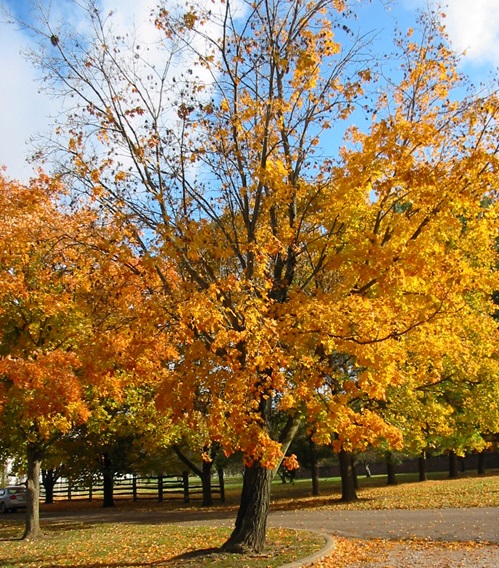| Back to Back Issues Page |
 |
|
Your October Useful Community Plus October 26, 2023 |
This Month: Can Young People Influence Community Decisions, Autumn Festivals, Good Reading
Visit us at the Useful Community Development Website. Especially timely now: Winter Newsletter Ideas and How to Start a Neighborhood Association. 

Wow, with so much happening in our communities right now, it's hard to catch a breath... Well, that's true of most of us, but as we are busy celebrating this and that festival, let's remember three things: 1. Debrief your leaders, volunteers, and attendees as soon as possible after the Big Event! Write it down too. 2. Express gratitude to all who helped, and do this early, often, and publicly. 3. Remember that not everyone has cause for celebration this autumn, and do what you can to alleviate suffering in your own community or around the world. The rest of the newsletter is packed, so let's get on with it.
Here are the new pages we've built by answering questions from our readers: Zoning ordinance rewrite--and a public official voting on rezoning his own property How to get young people interested in voting in local elections High flood insurance costs are pricing people out of the neighborhood What does blue infrastructure mean?
Hurry up to register for a webinar entitled “Beyond Greenways: The Next Step for City Trails and Walking Routes,” delivered by greenways expert Robert Searns, on the U.S. holiday of Halloween, October 31, 1 p.m. Eastern time (New York). Far from being anti-greenway, the point of view is likely to be expansion of safe, pleasant walking routes within a city. We read an insightful article about why residents of low-income neighborhoods often oppose new development even when there is so much vacancy that displacement isn't really a threat. Spoiler alert: maybe it's because the poor are often physically or socially fenced off from the development. The Urban Institute has put together some research on how proactive rental inspections can improve health outcomes for lower-income people. My own conversations with hometown renters point up how common lead paint, rodent and roach infestations, improper venting of plumbing, asbestos popcorn ceilings, and many more such hazards are. We continue to keep an eye out for inexpensive ways to upgrade your local public spaces. Check out Chattanooga's directions for using random pieces of reclaimed wood to make benches. A recording of an informative webinar about small cities code enforcement may help some of you. It's the second item on that page. Thanks to Michael Halpern from MuniReg for tipping us off to this good session in his newsletter. We enjoyed an article about how HOAs may contribute subtly to segregation and lack of equity for minorities. But this will come as no surprise to some of you. Lastly, I admit to being behind on my reading. I just caught up to an interesting report on 2021 survey research on American life that you might want to read if you would like some data about differences in how groups perceive various public policy questions. The one that caught our eye was a paragraph about the extent to which people feel they can influence local decision-making. The 18 to 29 year olds were the least likely to believe they can impact community decisions. Only 48 percent of this age group reported that they have at least a bit of influence on local decisions; 51 percent said they have none! However, 68 percent of seniors say they have at least some voice in neighborhood decisions. Maybe if you are part of one of the many nonprofit groups I know that is struggling with how to attract younger members, you will need to ensure that young adults have a real say when they do show up. We will return with the next issue of Community Development Plus on a Thursday in November. Feel free to reply to this email if you have a comment. For questions, please use the public-facing page to ask your question. We answer them on a page that becomes viewable on our website. |
| Back to Back Issues Page |

